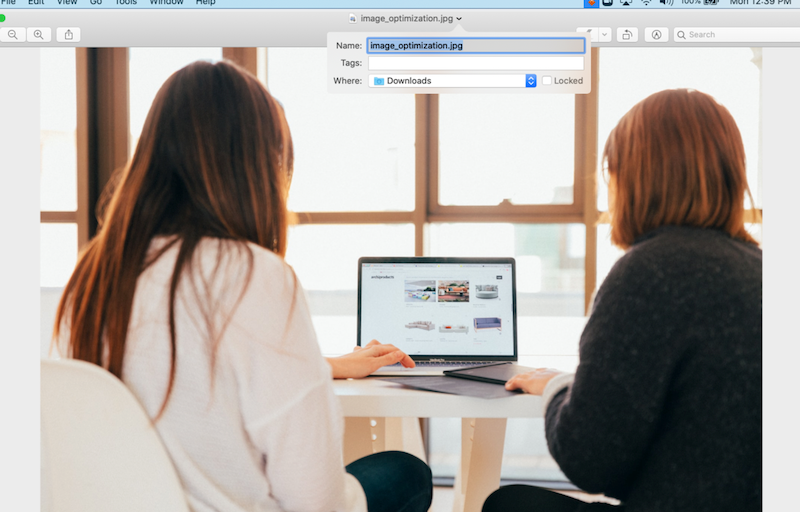In today’s digital age, where attention spans are short and user experience is paramount, website loading speed has become a crucial factor in determining online success. One of the key elements that significantly impact website speed is image optimization. In this comprehensive guide, we’ll delve into the strategies and best practices for optimizing images to ensure lightning-fast loading times for your website.
Table of Contents
The Importance of Image Optimization
Images play a vital role in enhancing the visual appeal of a website and engaging visitors. However, they can also contribute to slow loading times if not optimized correctly. Large image file sizes can lead to increased bandwidth usage and longer load times, frustrating users and potentially leading to higher bounce rates.
A Guide to Optimizing Images for Lightning-Fast Websites, you can strike a balance between visual quality and file size, ensuring that your website loads quickly and provides a seamless browsing experience for visitors. This not only improves user satisfaction but also has a positive impact on SEO, as search engines prioritize fast-loading websites in their rankings.
Best Practices for Image Optimization
1. Choose the Right File Format
Selecting the appropriate file format for your images is the first step in optimization. For photographs and images with complex color schemes, use JPEG format to achieve a good balance between quality and file size. For graphics, logos, and images with transparency, opt for PNG format. Avoid using BMP or TIFF formats, as they are larger and slower to load.
2. Compress Images Without Compromising Quality
Image compression is crucial for reducing file size without sacrificing visual quality. Use compression tools or plugins to compress your images before uploading them to your website. Aim for a compression level that significantly reduces file size while maintaining crispness and clarity.
3. Resize Images for Web Use
Large, high-resolution images intended for print can drastically slow down web page loading times. Resize images to the specific dimensions required for your website, keeping them as small as possible without compromising their appearance. This reduces the amount of data that needs to be transferred, leading to faster loading speeds.
4. Leverage Lazy Loading
Lazy loading is a technique that defers the loading of non-essential images until they are about to come into view, based on the user’s scrolling behavior. Implement lazy loading using JavaScript libraries or CMS plugins to prioritize the loading of visible content first, enhancing the initial page load speed.

5. Utilize Content Delivery Networks (CDNs)
Content Delivery Networks distribute your website’s content across multiple servers worldwide, reducing latency and speeding up image delivery. Integrate your website with a reputable CDN provider to ensure that images load quickly regardless of the user’s geographical location.
6. Optimize Image Metadata
Include descriptive and relevant metadata, such as alt text, titles, and captions, for each image on your website. This not only improves accessibility for users with disabilities but also provides search engines with valuable context about your images, potentially improving your SEO rankings.
Monitoring and Continuous Improvement
After implementing image optimization techniques, regularly monitor your website’s performance using tools like Google PageSpeed Insights or GTmetrix. Pay attention to loading times, page size, and overall performance metrics, and make adjustments as needed to further optimize your images and enhance your website’s speed.
If you want to optimize your image for Amazon, here is a detailed instruction.
By following these best practices and staying proactive in optimizing your website’s images, you can create a lightning-fast browsing experience that keeps visitors engaged and improves your online presence.














